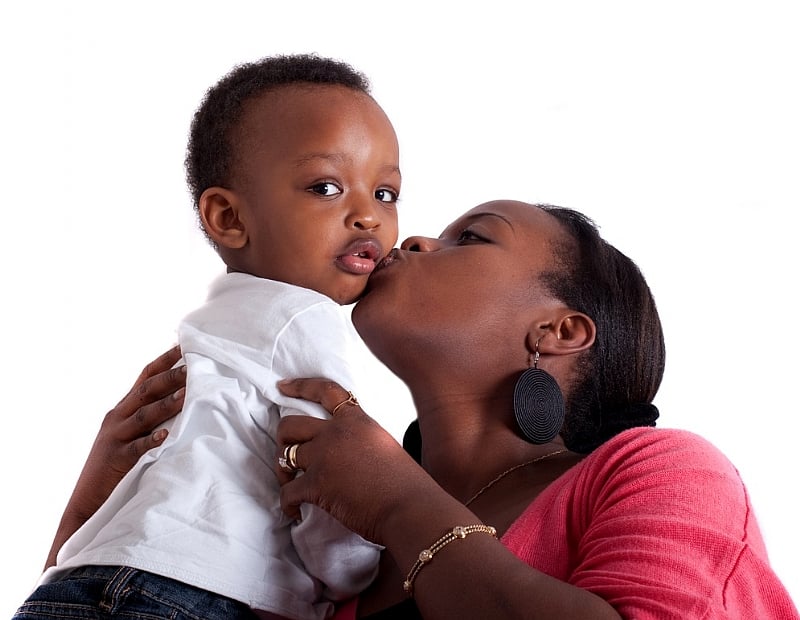The Marvelous Metamorphosis of Toddlers: A Journey Through Physical, Cognitive, and Linguistic Development
Toddlerhood, a period spanning from roughly 1 to 3 years of age, is a time of remarkable transformation. Each day brings new discoveries as these tiny humans explore their world, their bodies, and their burgeoning abilities. Understanding the typical developmental trajectory in physical, cognitive, and language domains empowers parents and caregivers to provide the necessary support and encouragement, fostering a nurturing environment for their child’s growth. While every child develops at their own unique pace, familiarity with general milestones offers a valuable framework for observing progress and identifying potential areas needing further attention.
Physical Prowess: From Wobbly Steps to Energetic Exploration
Physical development in toddlers is characterized by rapid advancements in gross motor skills, involving large muscle groups, and fine motor skills, concerning smaller, more precise movements. Around 12 months, many toddlers achieve the milestone of standing independently, with walking often emerging between 12 and 15 months. As they approach 18 months, their newfound mobility leads to experimentation with backward walking, climbing stairs with assistance, and even attempts at running. By age 2, jumping, scribbling, and self-feeding, albeit messy, become hallmarks of their growing physical dexterity. Reaching 3 years old, toddlers master more complex activities like riding a tricycle, briefly balancing on one foot, and climbing with increased confidence. These physical achievements lay the foundation for future exploration and interaction with their environment.
A Burst of Language: From Babbles to Sentences
Language acquisition during the toddler years is an equally impressive journey. From uttering a few simple words besides “mama” and “dada” around 12-15 months, toddlers rapidly expand their vocabulary and ability to communicate. They begin connecting words to actions, understanding simple instructions like “bring it to mommy.” Between 18 and 24 months, their language comprehension deepens, enabling them to identify objects and body parts on request. By age 3, they grasp concepts of gender and age, can follow multi-step directions, and confidently engage in conversations using short sentences. This blossoming linguistic ability allows them to express their needs, thoughts, and emotions, fostering deeper connections with those around them.
Cognitive Blossoming: Understanding the World Around Them
Cognitive development in toddlers encompasses their evolving thinking, learning, and understanding of the world. Between 12 and 18 months, they start to grasp how objects function, using simple tools like spoons. The concept of object permanence, understanding that things exist even when out of sight, also emerges around this time. By 24 months, they can sort objects based on shape or color, demonstrating early problem-solving skills and pattern recognition. As they approach 3 years old, their memory and attention spans lengthen, allowing them to follow more complex instructions and engage in more sustained activities. This cognitive growth forms the basis for future learning and academic pursuits.
Social and Emotional Growth: Navigating the World of Feelings
Toddlerhood is a time of intense emotional discovery. While striving for independence, they still seek comfort and reassurance from their caregivers. Around 12-15 months, they use pointing to communicate their desires. By 18 months, they may express frustration or upset towards trusted caregivers, demonstrating their secure attachments. Between 18 and 24 months, they begin to engage in simple chores, interact with picture books, and participate in conversations about everyday events. From 24 to 36 months, pretend play becomes more elaborate, reflecting their growing imaginative capacities and understanding of social roles. This period of social and emotional development is crucial for building relationships, learning to manage emotions, and developing a sense of self.
Disciplining with Understanding: Guiding Toddlers Towards Positive Behavior
Toddlers are naturally curious explorers, often testing boundaries and pushing limits. Tantrums and stubbornness are common expressions of frustration during this stage. Consistent, firm limits help them understand acceptable behavior. Positive reinforcement, such as praise and hugs, effectively encourages desired actions, while harsh punishments like screaming or spanking can be confusing and counterproductive. Brief time-outs can provide a safe space for toddlers to calm down and learn self-regulation without resorting to punitive measures. Patience and understanding are key in guiding toddlers towards positive behavior.
Safety First: Creating a Secure Environment for Exploration
As toddlers become more mobile and adventurous, ensuring their safety becomes paramount. Childproofing the home with gates, door locks, and cabinet latches is crucial. Keeping cleaning supplies and medications out of reach is essential. Never leave a toddler unattended near water, including pools, bathtubs, and even open toilets. Constant vigilance and a proactive approach to safety create a secure environment for toddlers to explore and thrive. Regularly assessing and updating safety measures as the child develops is an important ongoing process.


